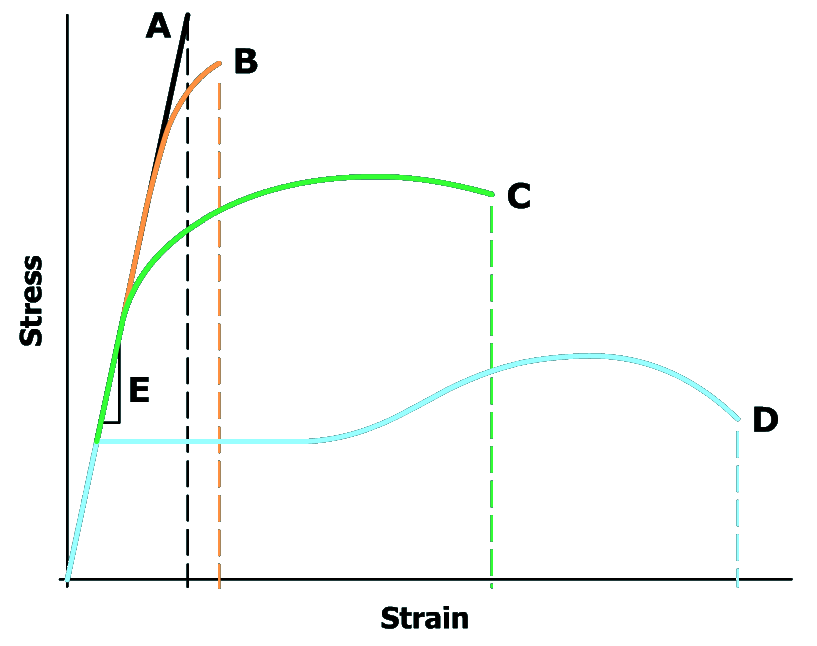
In fabricated structures and machine components, ductility also gives an indication of the material's ability to deform at holes, notches, fillets, grooves, and other discontinuities that cause stresses to intensify locally.
Plastic deformation in a ductile material allows stress to flow to a larger region around discontinuities. This redistribution of stress minimizes peak stress magnitudes and helps to prevent fracture in the component.